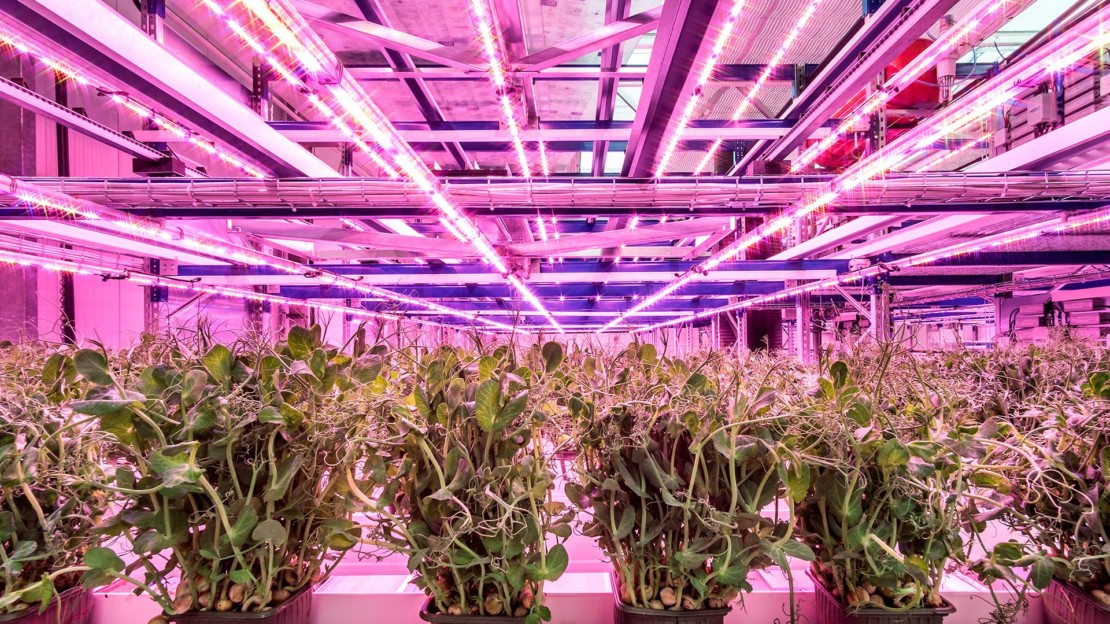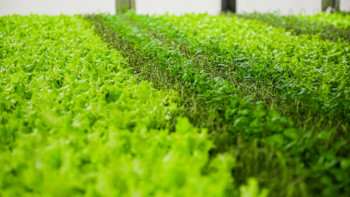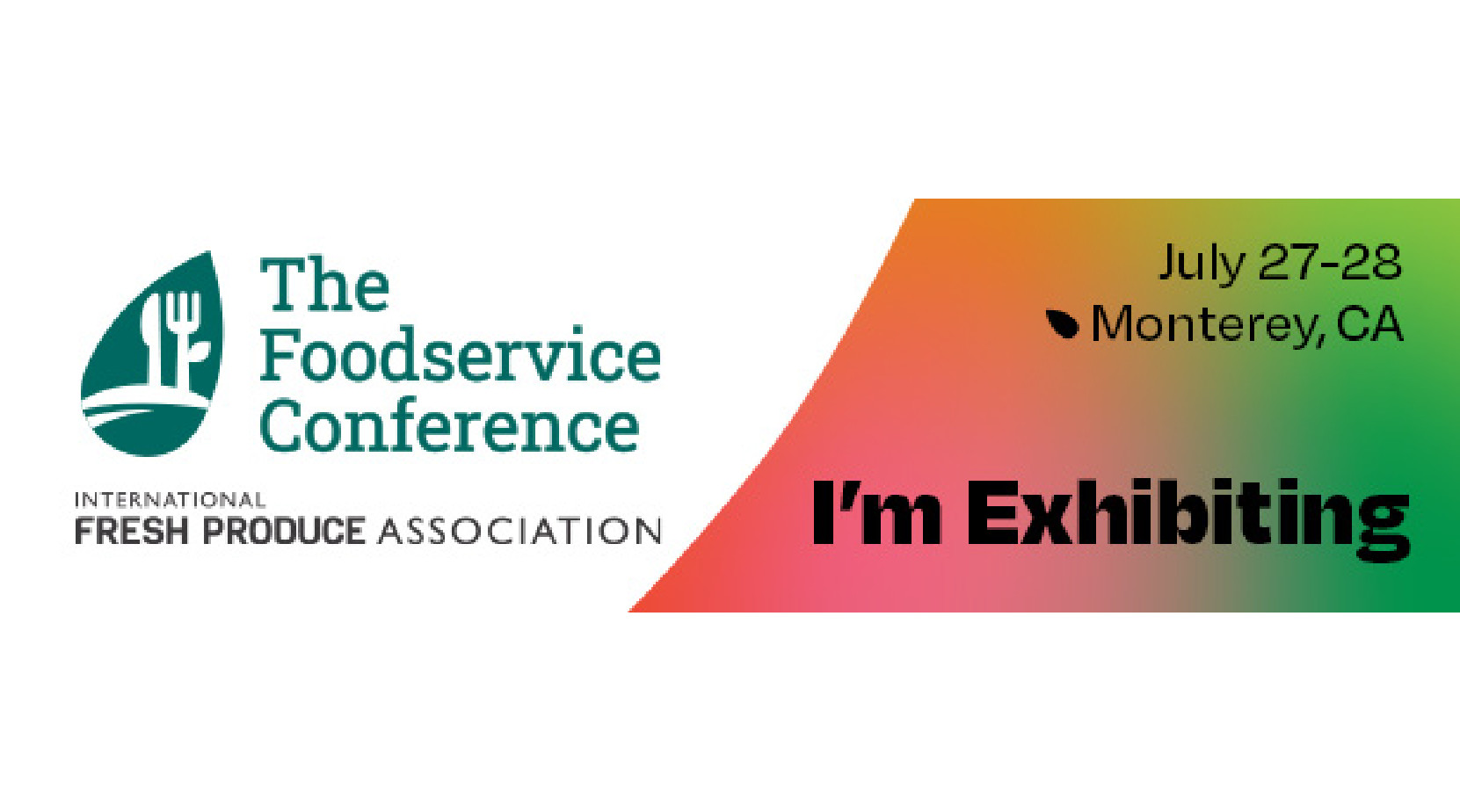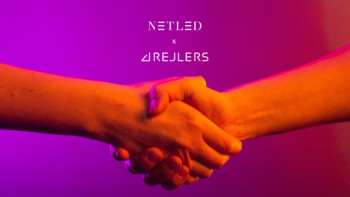Research on light is one-sided – Consider growing conditions as a whole
Did you know that most research conducted on the effects of light on plants is in fact funded by companies manufacturing horticultural lighting? Case studies which compare only light quality, whilst other growing conditions are kept the same, are also problematic. Growth is a complex process and light is only one part of it. Different spectrum require different growing environment: temperatures, humidity, fertigation.
When white light is compared to red and blue based light at the same photosynthetic photon flux density (PPFD), but growing temperatures are kept the same, white light usually gives better growing results. But not because it would have better spectrum, but because it has lower efficacy and bigger amount of electricity is turned directly into heat. This makes the micro-climate for plants different from red and blue light, thus giving better results. Red and blue light need higher growing temperature, and when other growing conditions are tuned for spectrum, red and blue give better results than white light.
In a closed growing environment, without sunlight, some white light should be added to enable certain processes for green light to start in a plant. But only a small fracture of the total light amount is needed. There is a scientific basis on this. Plants cannot use most of the green light – which white light includes a lot – thus it’s reflected from the leaves. Human eye sees this rejected reflection as the green colour of the leaves. Plants use red and blue wavelengths for photosynthesis.
White LED chips lack efficiency – Invest in red and blue spectrum
Development in LED chip efficiency has been remarkably fast during the past few years. But in efficiency, white LED chips always stay behind red and blue chips. Why? Because white is not a primary colour, but a mix. White LED chips are manufactured by covering blue chip with some fluorescent matter that creates white spectrum. And covering primary light source never gives as much light.
But why some suppliers campaign for white light? Companies with background in general lighting have a goal: let´s sell general lighting also to horticulture. Let´s save time and money consuming R&D and forget highly efficient, but pricier horticultural red and blue LED chips. But in commercial growing, it’s more profitable to invest in efficiency with certain red and blue spectrum. Research and some special plants are a different case however.





